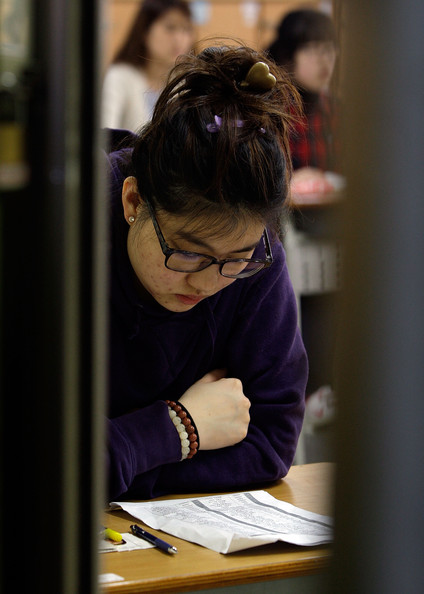If you were to count the amount of times I spoke up in my law class, the number would be significantly smaller than the amount of times I had raised my hand that day our class discussed affirmative action. I go to a school where there is a very small group of minorities. As a result, these minorities tend to stick together, so there is not much exposure to other cultures other than the one you belong to. When any topic relating to race is brought up in a room of those who are not of color, I’ve noticed the hesitation in people’s voices, the fear of stepping too far. In class that day, it was obvious that people did not agree with affirmative action, but to speak against it would mean risking being perceived as racist. So they ran in circles, trying to identify alternatives to affirmative action.
The biggest misunderstanding about affirmative action is that people tend to think that it’s about giving minorities a bigger advantage—a more-qualified white person would be passed over in favor of the less-qualified minority. But that’s not at all true. The goal of affirmative action is to bring diversity, a compelling government interest, to the classrooms and the workplace. In Regents of the University of California v. Bakke (1977), the Court cites Harvard’s admissions program in its opinion—
“A farm boy from Idaho can bring something to Harvard College that a Bostonian cannot offer. Similarly, a black student can usually bring something that a white person cannot offer. The quality of the educational experience of all the students in Harvard College depends in part on the differences in the background and outlook that students bring with them.”
The idea that affirmative action gives an unfair advantage to minorities has been crushed time and time again in the United States Supreme Court, so this hushed talk about affirmative action really reveals the underlying issue that people have with the program—not admitting that minorities are still at a disadvantage in education and in the workplace.

When my classmates spoke of affirmative action, they tiptoed around the issue. They came to the conclusion that in order to diversify both classrooms and the workplace, the government needed to tackle the issue of poverty. It was a legitimate point, I'll give them that. But the way they spoke about poverty was as if they were trying to not overstep any boundaries. They talked about minorities and poverty as if they were two different issues. However, it should be noted that they are intertwined.
That’s the problem—not stepping far enough and not admitting that there is a disproportion of minorities in our education system and the workplace. You literally did not even have to leave that classroom to see the lack of balance. There were four other minorities in the class of twenty students, only one of which actually spoke up with me. The blatant oversimplification of affirmative action and diversity was incredibly frightening to see, especially on a college campus.
http://www.youtube.com/watch?v=BEO3H5BOlFk
Last September, Sy Stokes, a student at UCLA, spoke about the university’s glaringly small African American male population of 3.3% and how he felt isolated and uncomfortable until he found his own niche. Minorities tend to stick together because of their common background, a fact further explained by Kristina Rodulfo in her article, “All My Closest Friends Are Pilipino… Is This A Problem?”
There is a unique bond between two people who belong to the same ethnicity or gender, one that cannot be found anywhere else. However, when a college’s minority population is so small, the need for a community with a common background is even further exacerbated.
This is why minorities form and stay within their cliques. This is why minorities may have limited exposure to other cultures, ideas and viewpoints. And this is why a packed room with only a handful of minorities had trouble understanding exactly why we need affirmative action.
Photo credit: Feminspire



